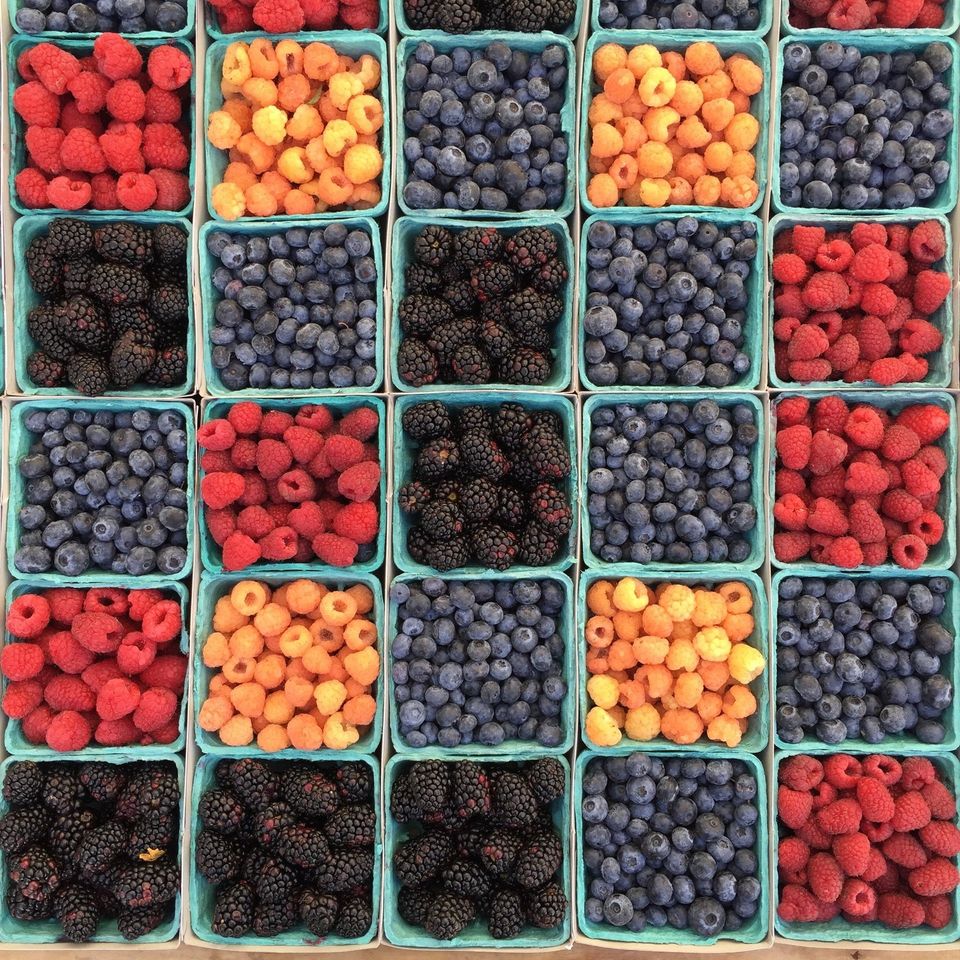Diets come and go, but the need for a healthy Active Wellness regimen never ends. One of the ongoing trends is to cut down on carbohydrates or in some diets, to eliminate them. Those who have lost a lot of weight by focusing on protein and fats often commit to a low- or no-carb diet. Vegans are on the opposite end of the spectrum and are committed to staying away from animal protein and fats, while focusing on plants. The truth of the matter is, you know your body best. You need to pay attention to what your body tells you, especially if you are pre-diabetic or diabetic.
Since everyone’s body is different, there are no absolutes; however, the Center for Disease Control gives general guidelines on carb intake. On average, people with diabetes should get about 45% of their calories from carbs, with each serving measured as approximately 15 grams. Translated, this means three to four carb servings (45-60 grams) per meal for women and four to five carb servings (60-75 grams) for men.1 What also needs to be taken into consideration is age, weight, activity level and whether or not you are on diabetes medications. A certified dietician or medical practitioner can help with carb intake, especially if you take insulin—the carbs plus the amount of insulin you have in your body determine your blood sugar levels and impact how you feel.2
Since the role of carbs is to provide the body with a source of energy, the rule of thumb is to eat the “good” carbs and stay away from the “bad” ones. Carbohydrates are generally divided into three categories: starches, sugars and fibers.
Starches—or complex carbohydrates—include starchy vegetables, such as potato, corn, yam, beans, lentils, peas and whole grains. For example, whole-grain bread, oatmeal, and brown rice are high in fiber and rich in B vitamins, which are nutritional essentials. These carbs serve as important sources of energy for the body and are considered “good” carbs.
Sugars include those naturally occurring (as in milk and fruit) and added (as in baked desserts). They’re best when kept to the naturally occurring kind taken in small amounts. All types of added sugar are considered “bad” carbs.
Fiber comes from plants and is often from the same category as starchy vegetables. Non-starchy vegetables, such as asparagus, broccoli, carrots, celery, green beans, lettuce, and other salad greens, mushrooms, radishes, spinach, tomatoes, and zucchini, have fewer carbs than starchy vegetables and contain lots of fiber. Fiber is also abundant in some fruit, nuts and seeds.
There are two types of fiber, soluble and insoluble. Soluble fiber absorbs water and turns into gel, which slows down digestion. Insoluble fiber adds bulk, which enables food to pass more quickly through the stomach and intestines and produces an effect similar to a broom, sweeping out waste. Eating a lot of fiber keeps your digestive tract happy and helps you feel full, making fiber an effective tool for weight management.
Since complex carbohydrates and fiber contribute to overall Active Wellness, they are needed in most healthy dietary regimens. Since not everyone has the discipline to eliminate sugar, the key is portion control. One easy way to control portions is called the “plate method.” Start with a 9-inch dinner plate:
- Fill half with non-starchy vegetables, such as salad, green beans, broccoli, cauliflower, cabbage, and carrots.
- Fill one quarter with a lean protein, such as chicken, beans, tofu, or eggs.
- Fill a quarter with a grain or starchy food, such as potatoes, brown rice, or whole wheat pasta (or skip the starch altogether and double up on non-starchy veggies).Screen Shot 2019-11-01 at 12.31.18 PM
Diabetic or not, it is prudent to choose foods with a low glycemic index. Low GI foods are more slowly digested and absorbed by your body, so you stay full longer, and they don’t have a big impact on your blood sugar. Examples of carbs with low GI are beans, brown rice, tomatoes, yogurt, apples, and milk.3
Be sure to take advantage of the Nikken November Special:
Get three Kenzen Ten4® Energy Drink Mix
for the price of two through November 24! Made with superior quality matcha green tea, brown rice solids, kiwi fruit and stevia leaf extract, you get good carbs and none of the bad, with only eight calories per serving.
1 https://www.cdc.gov/diabetes/managing/eat-well/diabetes-and-carbohydrates.html
2 https://www.diabetes.org/nutrition/understanding-carbs
3 https://www.cdc.gov/diabetes/managing/eat-well/meal-plan-method.html











